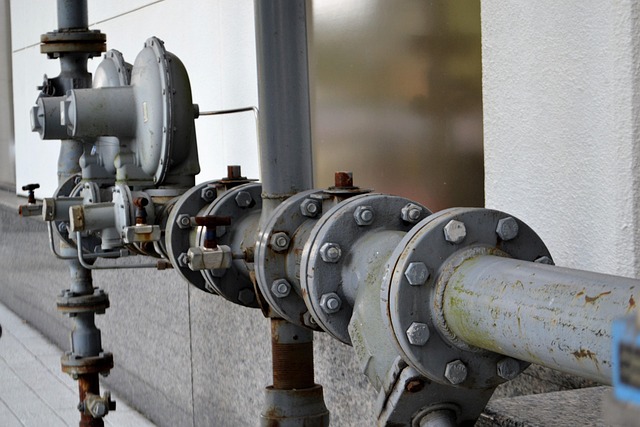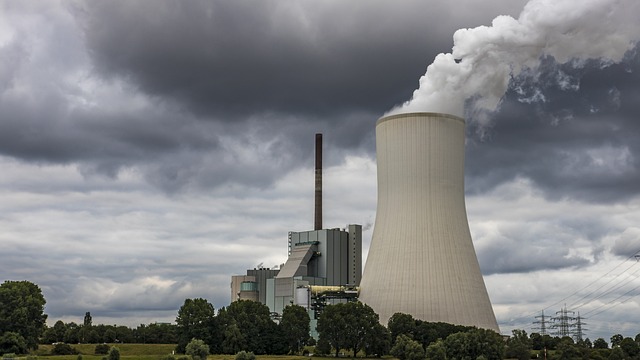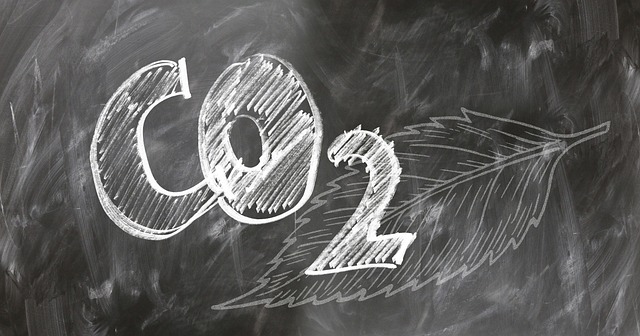Chiller Installation Checklist:What Every Buyer Needs To Know
The installation of the chiller directly affects the cooling effect, energy consumption and service life. A perfect installation can avoid repeated debugging and help you save high maintenance costs. This article details the complete installation steps.
Preparation before installation
| Tool | Purpose |
| Adjustable wrench / Allen key | Secure piping and fittings |
| Multimeter | Check voltage, current, and grounding |
| Vacuum pump | Evacuate the system before adding refrigerant |
| Torch and copper pipe | Weld refrigerant lines if needed |
| Insulation foam / Zip ties | Insulate and organize piping |
| Sealant / PTFE tape | Prevent leaks at pipe connections |
Key points for inspection during installation

Cooling water system
Make sure that the cooling tower and water pump are connected to the cooling system and the water flow direction is correct.
Cooling water piping
The pipe diameter should comply with the equipment instructions to avoid affecting the flow rate. Use well-insulated PPR pipes, stainless steel pipes or copper pipes, add sealing tape or use sealant to ensure that there is no leakage at the pipe interface. There must be a Y-type filter in the pipeline to prevent impurities from entering the heat exchanger.


Electrical connection
Make sure that all wiring is not loose and the labels are clear for later maintenance. Check whether the cable is exposed or damaged, and whether the grounding connection is reliable. Test whether the control panel and external control systems such as PLC and remote monitoring can operate normally.
Refrigerant filling
Some equipment is not equipped with refrigerant at the factory and needs to be added during installation. The refrigerant recommended by the supplier should be used to prevent incompatibility with the equipment. Before filling, professionals use tools to vacuum to ensure that there is no air and moisture in the pipe. The filling amount of refrigerant also needs to meet the manufacturer’s recommendations and check for leaks.

Debugging and first start-up
• Initial coolant filling
Add coolant according to the type and proportion recommended by the supplier, and ensure that the liquid level is within the normal range of the window.
• Exhaust
To avoid blockage, idling of the water pump, or even burning of the pump, it is necessary to open the vent valve or loosen the high point joint to completely remove the air in the pipeline.
• Electrical inspection
Measure the voltage and current at each connection point to ensure the three-phase voltage is balanced. Use a multimeter to check for any short circuits or leakage.
• Initial operation
After starting the compressor, check whether the sound of its operation is normal. Observe whether the current, temperature, pressure, flow and other parameters are within the normal range on the touch screen. Check the control system response sensitivity, such as temperature control, alarm, and linkage functions.
Common problems after installation
• Chiller troubleshooting
• Common chiller failures and solutions
• Chiller summer maintenance
• Chiller loud noise causes and solutions
• Chiller overheating causes and solutions
• Low chiller cooling efficiency causes and solutions
• Chiller tripping causes and solutions
• Refrigerant leakage causes and solutions
How LNEYA can help you?
The installation of the chiller is very complicated and must be performed by professionals. If you think it is troublesome to be responsible for yourself, LNEYA can provide you with a plug-in integrated chiller and free installation and commissioning services. You only need to explain your needs to our experts, confirm the design plan, place an order, and wait for delivery. We will take care of all other processes.
❯ Choose LNEYA and enjoy hassle-free cooling
Related chillers
CONTATTO
TEL:
EMAIL:
WeChat & WhatsApp:

Wechat QR

Hai domande o hai bisogno di un preventivo? Compila il modulo sottostante e il nostro team ti risponderà entro 24 ore.
 Refrigeratori industriali LNEYA Produttore Fornitore
Refrigeratori industriali LNEYA Produttore Fornitore
















